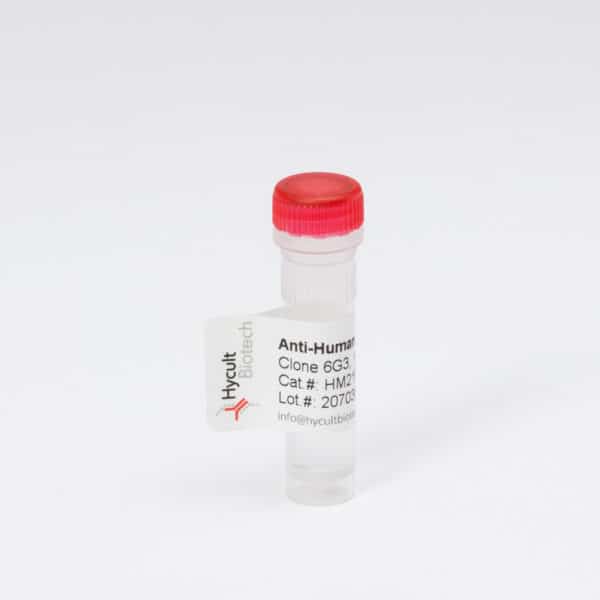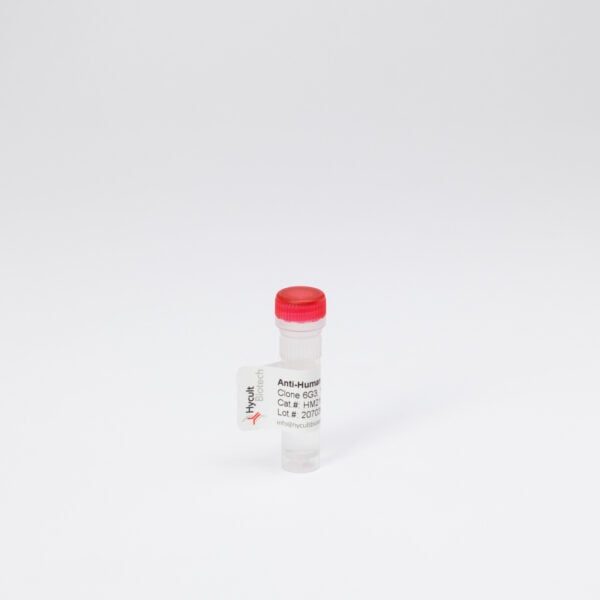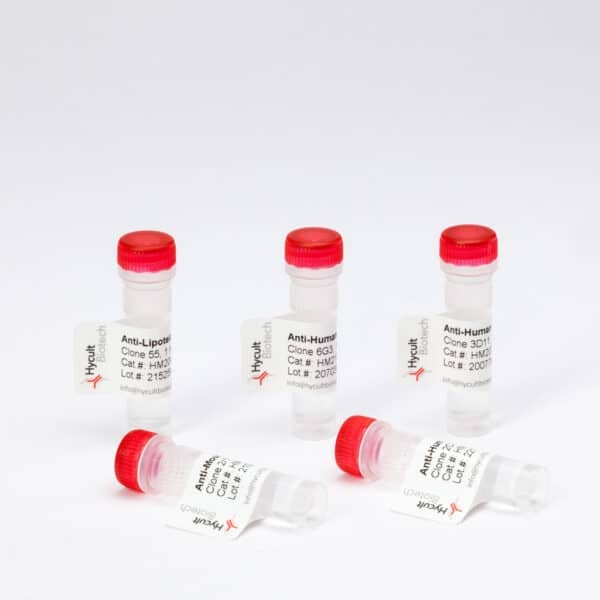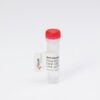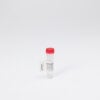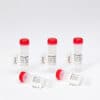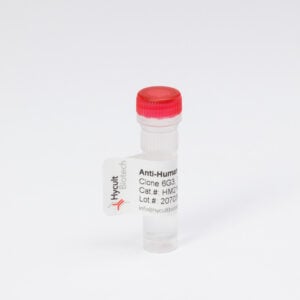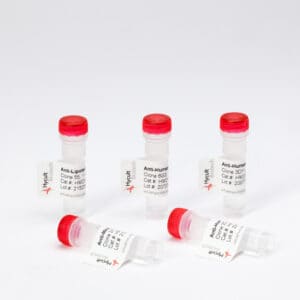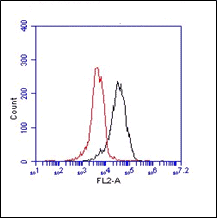Mincle, Rat, mAb WEN43
€133.00 – €368.00
The monoclonal antibody WEN43 recognizes rat macrophage inducible C-type lectin (Mincle). This receptor is a member of the C-type lectin/C-type lectin-like domain (CTL/CTLD) superfamily. Members of this family share a common protein fold and have diverse functions, such as cell adhesion, cell-cell signaling, glycoprotein turnover, and roles in inflammation and immune response. For instance, Mincle is involved in mediating inflammatory responses to necrotic cells and is a pathogen sensor for Mycobacterium tuberculosis. It is a member of the Dendritic Cell Inhibitory Receptor (DCIR) group of C-type lectin receptors (CLRs), which are expressed mainly by antigen presenting cells and are encoded in a cluster in the natural killer gene complex. CLRs play crucial roles in defense against pathogens and recognize a variety of carbohydrate moieties. Ligand binding to CLRs leads to the activation of NF-kB via a Syk/CARD9 signaling module. Mincle was originally identified as a lipopolysaccharide-inducible protein in macrophages and has been shown to stimulate inflammatory responses to fungi, although the ligands and signaling pathways involved have not been defined. WEN43 does not bind to other receptors in the rat APLEC family.
